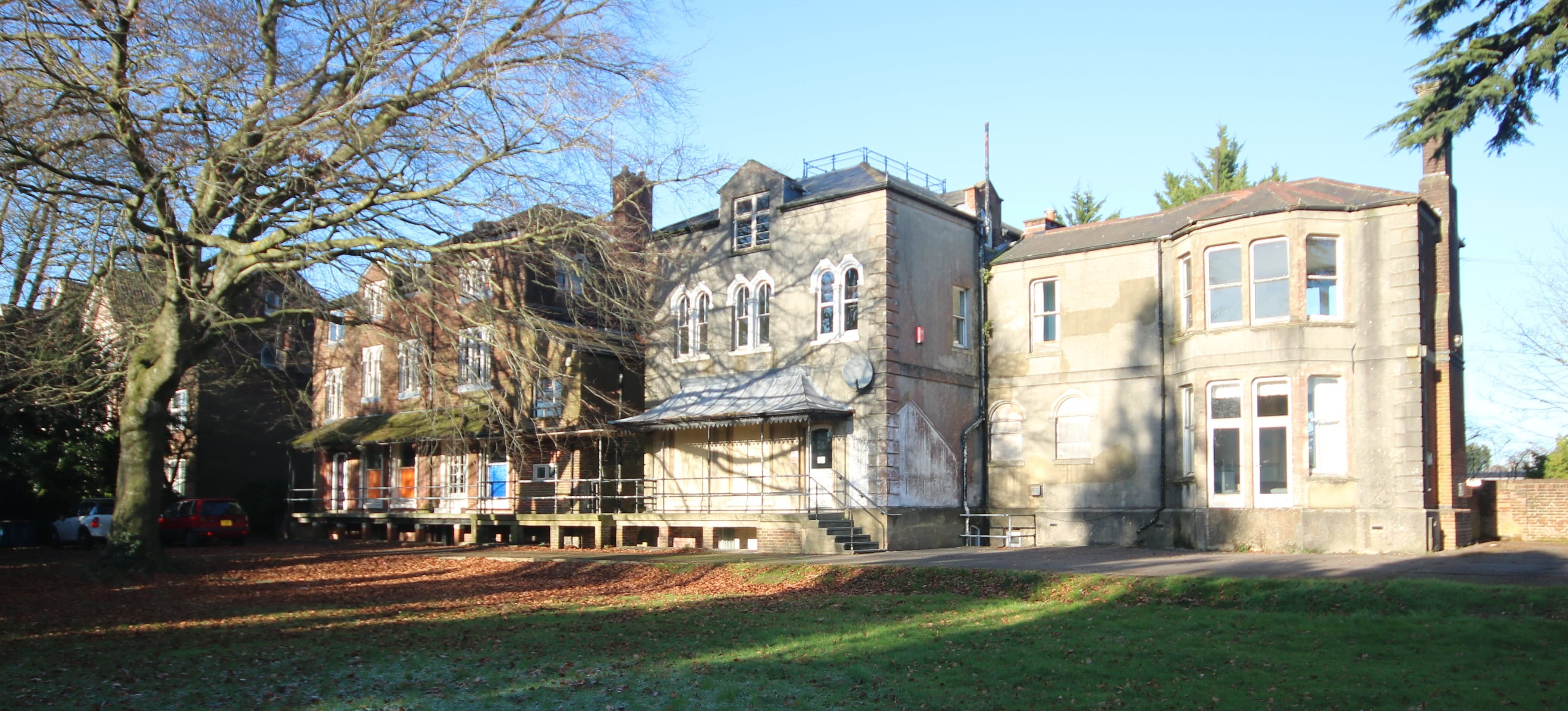United Kingdom 1939 - 1940:
Southern Command
The Headquarters of Southern Command opened at Tidworth, on Salisbury Plain, in 1909, having moved from Portsmouth. It was located in what is now known as Lucknow Barracks. By 1930, however, the Command Headquarters were located in the city of Salisbury. This is reflected in the 1930 Army Lists. They were located in Government House, in Churchfields, at what is now number 26 to 29 Churchfields Road (see photograph below). The General Officer Commanding-in-Chief lived in the house which was part of the buildings. In 1940, the Headquarters moved to Wilton House, which was requistioned for the purpose. This house was located a few miles west of Salisbury. After the Second World War, in 1949, the headquarters moved to Erskine Barracks at Wilton.

DOWNLOADABLE DOCUMENTS (pdfs)
Higher Formations History and Personnel
» Southern Command History & Personnel
Area Troops
» Salisbury Plain Area (1939)
» South Midland Area (1939)
» South Western Area (1939)
» Southern Area (1939)
Divisional Formations
» 1 Armoured Division (1939)
» 3 Infantry Division (1939)
» 43 Infantry Division (1939)
» 45 Infantry Division (1939)
» 48 Infantry Division (1939)
» 61 Infantry Division (1939)
Regular Army
There were two Regular Army formations based in Southern Command. The newest was the 1 Armoured Division, formed on 1 October 1937 as the ‘Mobile Division’. This was the first divisional sized armoured formation in the British Army, yet the Second World War was less than two years away. The divisional headquarters was based at Andover in Hampshire, with the brigades and units located around Salisbury Plain, Hampshire and Surrey. The 1 Armoured Division was unprepared for war, and did not arrive in France until after the main body of the British Expeditionary Force had already been evacuated from Dunkirk.
For comparison, the order of battle for 1 (British) Armoured Division for 1990 when it was deployed in the Iraq war is attached.
The other divisional formation based in Southern Command was the 3 Infantry Division. The headquarters of this division were located at Bulford in Wiltshire. The three brigades that constitutued the division were spread around southern England. The 7 Guards Brigade was based at Pirbright; the 8 Infantry Brigade in Plymouth and the 9 Infantry Brigade in Portsmouth (the latter two being key Royal Navy bases). With the outbreak of the Second World War, the 3 Infantry Division mobilised and was sent to France in late 1939.
Territorial Army
There were two Territorial Army formations based in Southern Command, namely the:
43 (Wessex) Infantry Division;
48 (South Midland) Infantry Division.
In April 1939, when the requirement came to expand the Territorial Army, the two Territorial Army formations located in Southern Command formed second line formations in differing ways. The 43 (Wessex) Division spilt on a geographical basis. The units based in Cornwall, Devonshire and Somerset all formed duplicate units, but they were grouped together with their parent units in the new 45 Infantry Division. The units based in Wiltshire, Dorset and Hampshire also formed duplicate units, which joined their parent units in the 43 (Wessex) Infantry Division. The 48 (South Midland) Infantry Division simply formed a duplicate formation entitled the 61 Infantry Division.
The 48 (South Midland) Infantry Division saw service in France and Belgium in 1940, but after its return to the United Kingdom, it was reduced to a Reserve formation. Its duplicate formation, the 61 Infantry Division, never saw active service overseas, but was deployed to Northern Ireland from 1940 until 1943. The 43 (Wessex) Infantry Division did not see active service until June 1944, but then fought the campaign in North-West Europe until the end of the war. The 45 Infantry Division did not see active service and became a Holding Division later in the war.

